| information in English |   |
|
The Home at the foot of Žampach castle increases local tourism with its Tourist Information Centre and Žampach Arboretum. The aim of these facilities is to create opportunity for the personal contact between the clients and their social environment. The ruins of the Gothic Žampach castle, the Baroque Chapel of St. Bartholomew as well as the Chateau footbridge (situated in one of the three large parts of the landscaped park, which is currently registered as the part of Žampach Arboretum), are the main sights of interest for tourists. The Žampach Arboretum is a protected cultural heritage site and is a legal member of the Union of Botanical Gardens in the Czech Republic. Approximately 500 plants and cultivars of woody plants, which are easily identifiable through a provided information system and scenic tour, are grown and cultivated on 4 hectares of surrounding land. The care of these historical and natural places of interest is an integral part of clients´ activities. Ducument format [picture -JPG] 
 Tourist Sights in Žampach
Žampach is a small village in the Pardubice region in the eastern part of the Czech Republic. It is situated 12 km north-east of Ústí nad Orlicí amongst Lanšperk, Potštejn and Litice castles. The highest place in Žampach village is an inactive volcano 545.7 m above sea level, where the ruins of the castle can be found. This part of Orlické Mountains is known for its red marl and sandstone created in the Permian era. The Home at the foot of Žampach castle is a social facility of the Pardubice region – a home for handicapped people. The Home facility is situated in the 17th century chateau. An important activity of this institution is to care for the cultural, natural and historical worth of the chateau premises, which are mainly used to create a social environment for its clients and to increase tourism. Žampach Castle
The ruins of the gothic Žampach castle are situated atop the cone-shaped hill. Žampach castle was built during the colonization of the Orlické foothills. The first mentioned reference about the castle is in the Zbraslav Chronicle from 1308. According to this and other sources, the castle was originally referred to as Sandbach, i.e. “sandy brook” in German, which Žampach was derived from. It is possible that the first known owners (whose family shield had a hunting horn on it) from the beginning of the 14th century were also its founders. Descendants of this family, which greatly expanded in the 14th century, considered Žampach to be the birthplace of their dynasty even as late as the 18th century. Peter from Žampach is still mentioned in contemporary sources. After 1312, under mysterious circumstances, Žampach became the property of royalty and then John of Luxemburg gave the castle “Samboch” to Henry The Younger of Lipá. According to the family records of the Lipá dynasty, Rataje and Žampach castles were pawned for 2000 three-score groschen to John of Snojmo (also called“Habergeon”) in 1347. Robber baron John of Smojno is the most famous known owner of the castle and his fate and deeds were written about in local legends for a long time. John of Smojno was knighted for chivalry and honoured with a golden chain by Charles IV. However, as the owner of Žampach castle he began to rob merchants and ordinary inhabitants. Therefore, Charles IV conquered Žampach castle and “Habergeon“ was hanged.
In 1629 Fridrich The older of Oprštorf, the childless owner of the castle, bequeathed all of the property to the tradesmen from the Order of Jesus (Prague campus). Friedrich died in 1630 and all the property was handed to the newly founded Hradec campus and remained until the Order split up. During the Thirty-Year-War, the castle and the courtyard were attacked several times. In 1634 the courtyard was overtaken and set on fire, in 1639 the castle was captured and robbed by the Swedes and in 1648 by the Imperial army of Czech lands. After the Thirty-Year-War the castle was abandoned and uninhabited. These days the chapel of St. Cross is the only functional part. In 1672 the Rector of Hradec, Tobiáš Reichel, had it repaired using stones from the uninhabited castle. At the end of the 18th century, the remaining walls were taken apart for the constructions of local buildings. To replace these walls, a wooden tower and a footbridge, linking the castle settlement to the castle itself, were built. The castle ruins were also preserved. As documented before 1600, the Žampach chateau was originally fortress at the foot of Žampach and in 1672 it was rebuilt into a Jesuit residence. The stones from the castle ruins were also probably used for this construction. From 1701-1713 the Chapel of St. Bartholomew was annexed to the north wing of the chateau. After the Jesuit Order was abolished , Žampach became state property (in 1773 it was designated for religious purposes) and then after several owners, Anna Gustava Lützow, the wife of František Lützow, an Austrian diplomat and expert on Czech history, bought the chateau. The Lützows were the most famous owners of Žampach chateau (1884-1932, their coat-of-arms can be found on the northern wing of the chateau), and during their time the chateau underwent its last major reconstruction. The Lützows also had the chateau premises shaped at the end of the 19th century. After the reconstruction work of the 18th and 19th century, the chateau reached its contemporary E-shaped ground plan. František Lützow (1849 – 1916) was an expert on Czech history and literature. Most of his scientific and historical works, which contributed to the promotion of Czech culture in England and America, were written at Žampach chateau. After the death of Anna Gustava Lützow in 1933, Henrieta Campo-Franco inherited the property. However, it was confiscated in 1945. Chateau Chapel The baroque Chapel of St. Bartholomew, the part of early baroque Žampach chateau, is the most valuable segment of the chateau premises. The chapel was annexed to the northern chateau wing in 1713. A pinnacle, a roof and a chapel ceiling were newly reconstructed in 1992. The bell made in 1863 was hung into the tower and the case with the message and contemporary documents was put into the dome in December last year. The reconstruction continued by further stabilization of the walls and the repairs of the interiors, the floor and the movables till 2001. The centre focusing on the development of sense perception and musicotherapy was established in the garret in 2006. Renovation of the winter garden became the crucial part of general reconstruction, which started in autumn 2006. Current interior of the chapel is suitable for organizing both masses and other cultural activities. The main hall is also equipped with AV aids with large-screen display. The movables, as the part of original equipment, are being renovated. The altar is the combination of carved parts from baroque altar (1700) and other segments from younger periods.
The altar painting of St. Bartholomew, with high historical value, was renovated from 1997 to 1999. The date, this baroque painting was created in, is written on the stone, where the Saint leans his right foot on. Moreover, two obverse paintings of St. Joseph and St. Ann, painted by Jan Umlauf (1825-1916) in the same time period, can be found in the chapel as well. In the painting of St. Joseph (on the left bottom corner) the possible shapes of Žampach castle, Chudoba castle and residence at the foot of the castle were depicted. The renovation was completed in 1996. The interior of the chapel was decorated with two glass chandeliers, originally hung in castle chambers and recently renovated. On the inside part of original castle door, there is valuable wood carving. The memorial plaque commemorating František Lützow (1849 – 1916) and his wife is situated inside the chapel. Dr. Earl František Lützow - a person of historical importance Dr. František Lützow was one of the most important promoters of the Czech nation in the late 19th and the early 20th century and the author of many works of scientific and historical worth. His historical works (e.g. Bohemia, the historical outline (1896) and the History of the Czech Literature (1899)) are referred back to even in contemporary publications. The Coat-of-Arms of the Lützows in Žampach The family coat-of-arms is situated on the northern side of the courtyard on the chateau façade. The main feature of this coat-of-arms is a motive of royal ermine cloak (as a symbol of countship) with nine pearls. The cloak is decorated with strings and tufts. The Memorial Plaque of Dr. František Lützow The memorial plaque is the work by academic sculptor Zdeněk Kolářský and was dedicated on 10th June 2001. It is situated on the memorial by the entrance gate to the chateau premises. The Statue of Suffering Christ – ECCE HOMO The baroque sand-stone statue of Suffering Christ – Ecce Homo (anonymous sculptor, 1758) was the work of the Jesuits from Hradec Králové, who were living here on their summer residence since 1672. The statue was originally situated by the old road from Žampach to Hnátnice, where it was damaged several times. The statue was renovated in 1872, 1994 and before relocation in 2000. The Chateau Well The well used to be a source of water for the chateau. It was manually dug up into the rock to the depth of 12m and partly stoned with sandstone to the depth of 3m. After 1950, the well yield was increased by the bore hole (diameter 36 cm, depth 56 m) and these days the water is sucked up with submersible pump. The Chateau Barn The spacious barn, built from sandstone taken from the remaining walls of uninhabited castle situated on the cone-shaped hill, was the part of the Lützows´ farmstead. The Chateau Wooden Footbridge The chateau wooden footbridge built in 1886 (according to some chronicle records called “airy bridge”) linked the chateau park with the hill and the castle. The Home at the foot of Žampach castle carried out the general repairs to the footbridge in 1989, as it had been inaccessible for emergency purposes for many years. During the reconstruction, the footbridge was heightened due to the forest machinery. The History of Žampach Village Today´s village ties to the former settlement round the castle (so called “Budy”). The closest village is Hlavná. Žampach was the county seat; however, after the abrogation of the county authorities in 1848/1849, Žampach was losing its social as well as economic significance. The oldest, still preserved, buildings are timbered houses from 18th/19th century. These are mainly ground floor tripartite houses (timbered till the half of the 19th century, bricked since the first half of the 19th century). Campanile from the beginning of the 19th century, the work of unknown woodcutter and carpenter, is the dominating feature of the wooden architecture in the village. The oldest preserved stonework is the county stake from 1693, which is situated on the hill between the castle hill and the chateau park. Preserved Countryside The castle hill, with its beech wood and the growth of the herbs on the area of 9 hectares as well as the ruins of the Žampach castle atop, is the important landscape point. The plants such as mezereum, martagon lily, bellflower and moschatel can be found in this area. The original chateau ponds have been liquidated. In the local pond there are only frogs and shellfish. In the surrounding area you can come across other places of natural interest such as swamps and flooded forests. Surrounding Places of Historical Interest This region was the part of border forests, so the castles used to form defensive line for inland protection. Lanšperk, Litice, Potštejn, Brandýs nad Orlicí castles were the part of original settlements. Velešov and Potštejn castles are referred to be the oldest ones. After some social and economic changes, more comfortable chateaus and their splendid parks (usually enriched with rare and exotic woody species) such as Letohrad (Kyšperk), Potštejn, Žamberk, Brandýs, Doudleby, Častolovice (except for Lanšperk and Litice) were built. Žampach Arboretum A large park forms the part of the chateau premises. In 2007 Žampach Arboretum became the legal member of the Union of Botanical Gardens in the Czech Republic. The Arboretum is situated at the foot of Orlické Mountains, 440m above the sea level. Rare woody species, which are dendrologicaly valued, can be found there. Approximately 500 plants and cultivars of woody plants are grown and cultivated on the land surrounding The Home. The information system of the Arboretum includes scenic tour (with basic information, pictures and photographs about over 100 woody plants), an introduction board, 15 double-sided boards (with the scheme of the scenic tour and nominal index) and labels with reference to the exact place of the plant and information about it. This information system can be also found on the web pages of the Arboretum. Specialized databases of woody species are in a separated system and in the standard of the Union of Botanical Gardens in the Czech Republic. The Arboretum is also opened for research work and educational purposes. Thanks to the Tourist Information Centre, the Arboretum is opened to public the whole year long. We are looking forward to your visit ! The Location of The Home The Czech Republic – Pardubice region By car: - from Letohrad to west through Písečná village - from Žamberk to south through Písečná village - from Ústí nad Orlicí to north through Hnátnice village - from České Libchavy to east (junction from Ústí nad Orlicí – Vamberk direction) By train - train stops: Letohrad (6 km), Žamberk (5 km), Hnátnice (6 km), Ústí nad Orlicí (12 km) Further information and enquiries about services can be addressed during personal visits or are available via the following contacts: Contact Details Address: Domov pod hradem Žampach 1 Žampach 564 01 Žamberk the Czech Republic E-mail address: uspza@uspza.cz Web pages: www.uspza.cz Director of the institution: Fixed line: +420 465 635 220, Mobile phone: +420 603 878 659, Fax: +420 465 618 137 Bank connection – the number of the account for financial donations (CZK): We would like to thank you for your sincere encouragement and favour and ask the anonymous donators to specify requested details into the note for addressee (in the case of bank or mail payment) or to send the details to: uspza@uspza.cz Touristische Ziele in Žampach
|














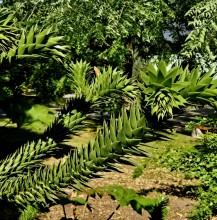
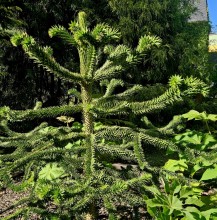
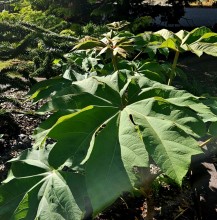
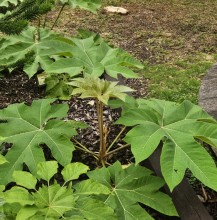
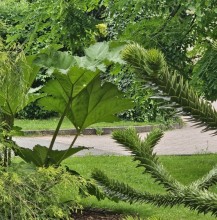
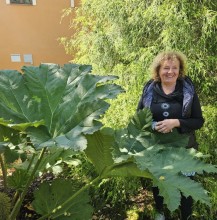
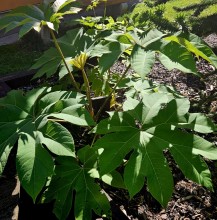
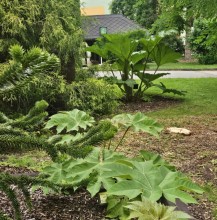
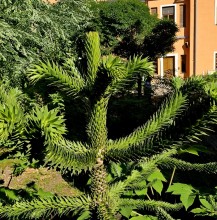
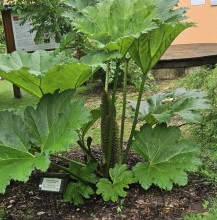
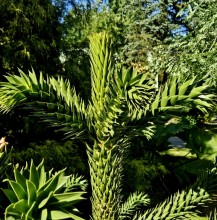
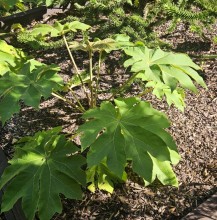
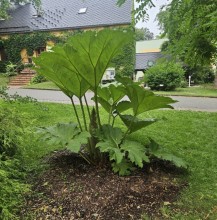
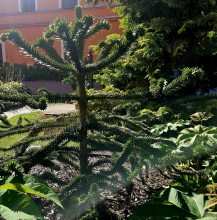

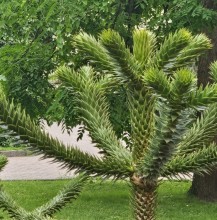
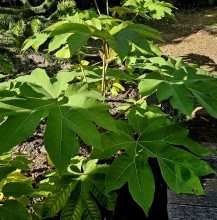
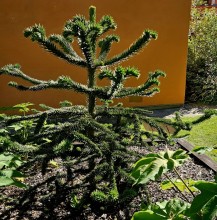
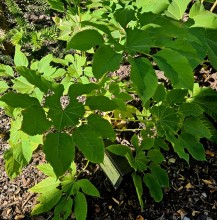
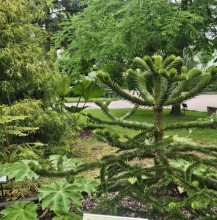
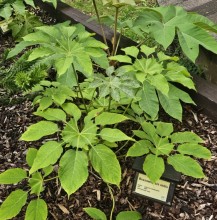
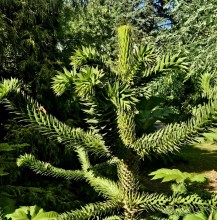
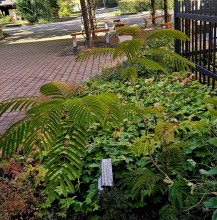
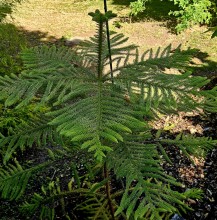
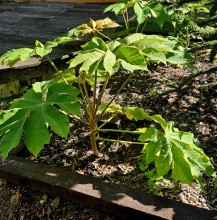




 Document format [PDF]
Document format [PDF]









